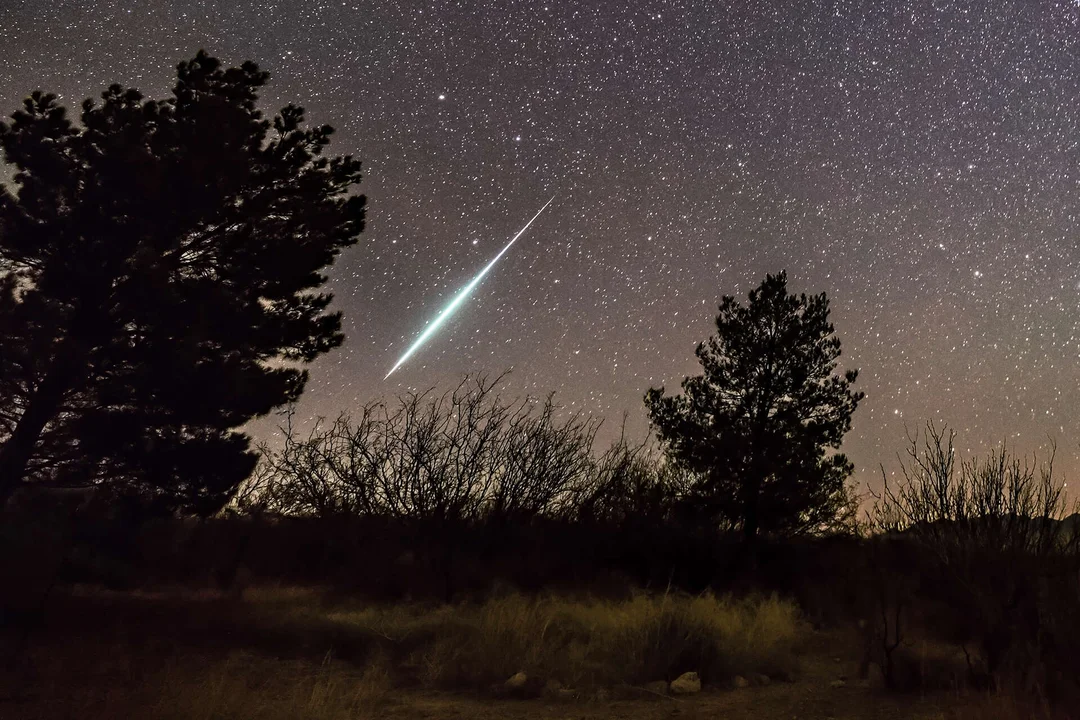
Celestial Spectacle: Fireballs Captivate Stargazers Across the US and Beyond
The night sky has been putting on a spectacular show recently, with reports of bright fireballs lighting up the skies across the United States and even further afield. From California to Indiana, and even Western Australia, these celestial events have captured the attention of stargazers and sparked curiosity about their origins.
In California, a bright green fireball stunned observers across a 300-mile stretch. Reports flooded Reddit and the American Meteor Society website, describing a dazzling light streaking through the cosmos. One Redditor noted seeing the phenomenon in Menlo Park, describing it as "green-tinted." Robert Lunsford of the American Meteor Society explained that the color is often due to the high nickel content in meteors. "A lot of meteors have a high nickel content, and when nickel is heated, it glows green," he said.

Meanwhile, over Indiana, the American Meteor Society received multiple reports of a fireball seen in the skies above several cities. These events highlight the ongoing presence of space debris and natural celestial objects interacting with our atmosphere.

But what exactly are these fireballs? Are they comets, space junk, or meteors? An event in Western Australia prompted similar questions. As explained by experts, these dazzling displays can come from various sources. Shooting stars, or meteors, are typically small particles of dust and pebbles burning up in the atmosphere. Larger and brighter events are known as bolides, resulting from rocks and boulders entering the atmosphere. These can even produce sonic booms and, in rare cases, meteorites that reach the Earth's surface.
Space junk, including discarded rocket stages and satellites, can also create spectacular re-entries. Unlike meteors, space junk tends to travel more horizontally and at slower speeds, often breaking up into multiple pieces as it burns up. Rockets themselves can produce dramatic displays, especially during launches or when venting excess fuel, creating plumes of exhaust gases visible from great distances.
The recent surge in reported fireball sightings underscores the dynamic and ever-changing nature of our night sky. Whether it's a small meteor, a piece of space junk, or a distant comet's dust, these events offer a reminder of the vastness of space and the constant interaction between Earth and the cosmos.
Have you witnessed a fireball recently? What did you think it was? Share your experiences and theories in the comments below!